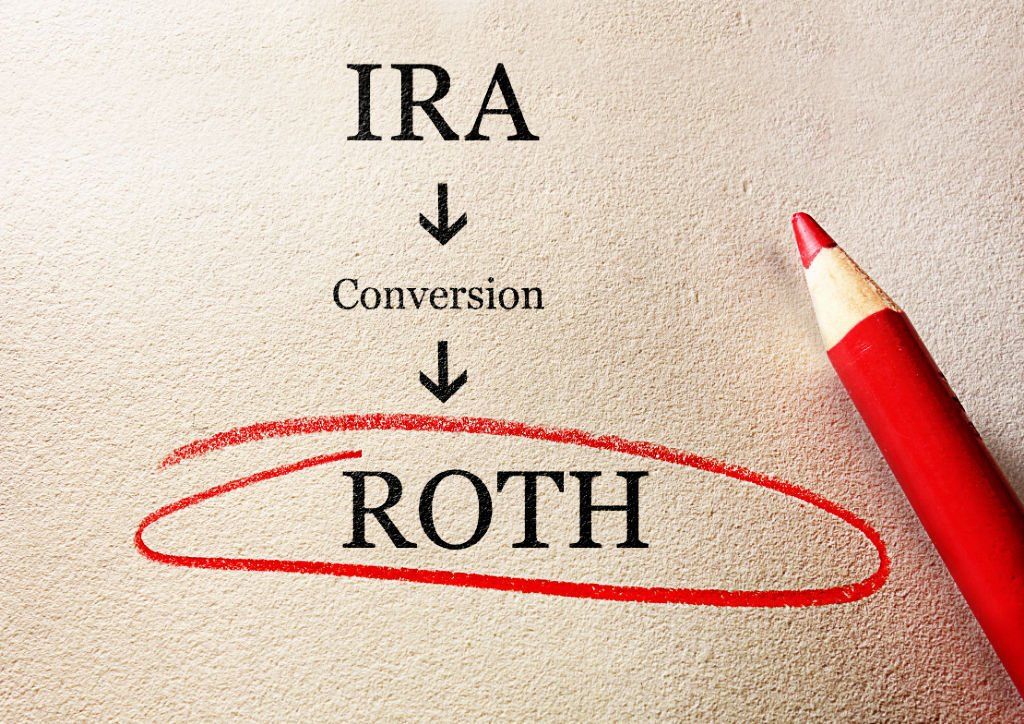Why Simple Savers Lose in the End
Originally written on 1/20/2017.
Most
people can never save enough money to fund a long retirement. We need
our savings to grow. Without growth, the rising cost of
living erodes our purchasing power and renders our savings worth less
and less over time.
Even if we were saving in a perfect world (no taxes, no inflation, never any setbacks), we couldn’t save enough for a long retirement. For example, a person earning $100,000/year, saving 20% faithfully for 30 years, would run out of money in 7.5 years ($600,000 / $80,000). This is the math for any salary.
Sign up to receive my free monthly email articles on retirement planning--no cost, no obligation
.
Inflation is the investor's #1 enemy
But as we know all too well, this is not the perfect world. There are taxes and the cost of things we need to live do rise as depicted in Chart 1 below.
Chart 1. The rising cost of living
To combat this problem, most investors need their savings to not only keep pace with the rate of inflation, but to substantially exceed it. In other words, we need real growth.
Another way of depicting the impact of rising costs on savings is to calculate the deterioration of the purchasing power of $100,000 over a 30-year period.
Chart 2. The deterioration of $100,000 over 30 years

The problem of inflation creates an extra drag which must be overcome just to maintain the same purchasing ability year after year. This inflation risk requires investors to resist overweighting their portfolios with low-yielding investments which could effectively cost the investor multiples of their savings in lost earnings potential. This is why simple savers lose in the end. But there is a strategy to prevent this and it is informed investing in stocks.
Stocks have provided investors strong long-term growth
The major asset class that has the best track record for growth over the long run, by far, is common stocks. In retirement therefore, stocks are often used to give investors a higher probability of outpacing inflation over long periods.
For 87 years, from 1/1/1928 through 12/31/2014, the compound annual returns for stocks compared to bonds are as follows:
The reason so many financial advisors recommend stocks for meeting long-term goals is because of stocks’ historical double-digit average returns over long periods. Stock investing is ownership in companies. And unlike investing in precious metals like gold, companies can adapt to changing economic conditions. Companies can change their products, change their target market, hire more people, lay off people, hire different people, etc. Companies harness human ingenuity to provide goods and services that other people need or want to buy. Companies are the well-spring of our economy. There would be no government taxes to collect if people didn’t have jobs and companies didn’t earn profits.
To show the growth potential of stocks, let’s look at American Funds’ oldest stock mutual fund, The Investment Company of America (ICA), which was started in 1934. The fund has persevered through market highs and lows, world conflicts and ever-changing technology. Over the 82 years ended December 31, 2015, a hypothetical $1,000 investment in ICA would have grown to $10.8 million and earned an average total return of 12.0% per year — more than three times the rate of inflation (3.6%).
The story of the Boones and Klausens
The ICA guide to investing presents the hypothetical investments of two fictional couples, the Boones and the Klausens, over a 20-year period of their retirement to see the difference stock investing can make.
Margaret and Harry Boone . Twenty years ago — at the end of 1995 — the Boones and the Klausens retired. Each couple had $200,000 to invest. The Boones put their money in a 20-year U.S. government bond that paid a guaranteed 6.01% a year. They were satisfied with their “safe” annual income of $12,020. Twenty years ago, you may have been able to get by on that. But it takes $18,522 today to buy what $12,020 bought in 1996. Even worse, when the Boones’ bond matured at the end of 2015, they went to buy another and found the rate on 20-year Treasuries was 2.67%. That would provide them with only $5,340 a year. Of course, the Boones are guaranteed their original $200,000 nest egg — although that won’t buy as much as it used to either. The Boones’ “safe” investment, it seems, wasn’t so safe after all.

Vivian and Joe Klausen. The Klausens invested their $200,000 in ICA and decided to take monthly withdrawals at an annual rate of 5% of their account value at the end of each previous year. That meant they took $10,000 in 1996, representing 5% of their original investment. In 1997, they took 5% of their account balance as of the end of 1996, and so on. Because the value of their investment has gone up and down from year to year, their income has varied. They started out living on less than the Boones. But the Klausens’ income generally outpaced the Boones’ over time — and their original investment increased substantially.
Over the
long term, they enjoyed greater rewards than the Boones because, by
investing in a portfolio of stocks, they chose to accept
greater volatility, recognizing they could lose money. Despite recent
volatility, the last 20 years were generally good for stocks and for
ICA. In all 63 of the 20-calendar-year periods in ICA’s
lifetime, in fact, the Klausens would have done better than the Boones.

I am not recommending this fund to anyone, but I am using this story of the Boones and Klausens to show the difference between informed investing versus simply saving. Certainly not everyone needs to be a stock investor, and most people cannot endure the volatility of owning a 100%-stock portfolio. But most people need some stocks for growth to hedge against, and outpace, inflation.
Correlation of stock returns and interest rates
But what about inflation and rising interest rates? Won’t rising rates hurt stocks if inflation returns to more normal levels in the coming years? Correlations between weekly stock returns and interest rate movements going back to 1963 show that when the 10-year treasury yield is below 5%, rising rates have historically been associated with rising stock prices. When yields go above 5%, there is a negative correlation between interest rate movements and stock prices. As of this writing, the 10-year treasury yield is 2.38%. This is not a predictor of stock market movement, as there are many other variables at work, but it would suggest that interest rates are not at the level to necessarily impose a damper on stock prices.
Consider the opportunity cost of not owning a balanced portfolio including stocks
Finally, investing behavior studies reveal that investment losses make people feel bad more than investment gains make people feel good; so people tend to avoid volatile investments; but mathematically not having what you could have had is the same as having it and losing it.
What are you losing by avoiding all market risk while
immersing yourself in inflation risk? The key is balance. Owning the
right mix of stocks, bonds, and cash (and rebalancing periodically) is the right way to keep all your risks in check...and this is all the more important if you are retired or approaching retirement.


Travis Echols , CRPC®, CSA
Receive free Social Security Guide by email
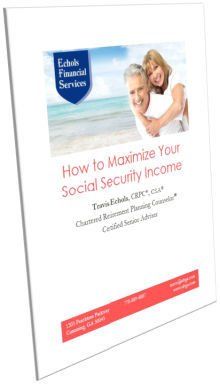
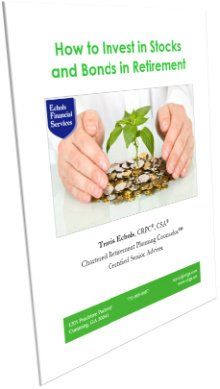
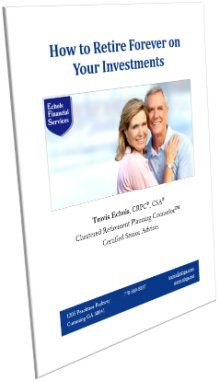
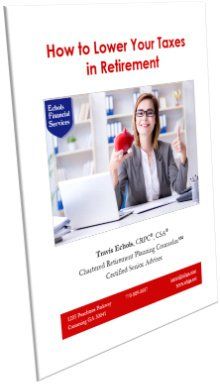
Investment Advisory Services offered through JT Stratford, LLC. JT Stratford, LLC and Echols Financial Services, LLC are separate entities.






